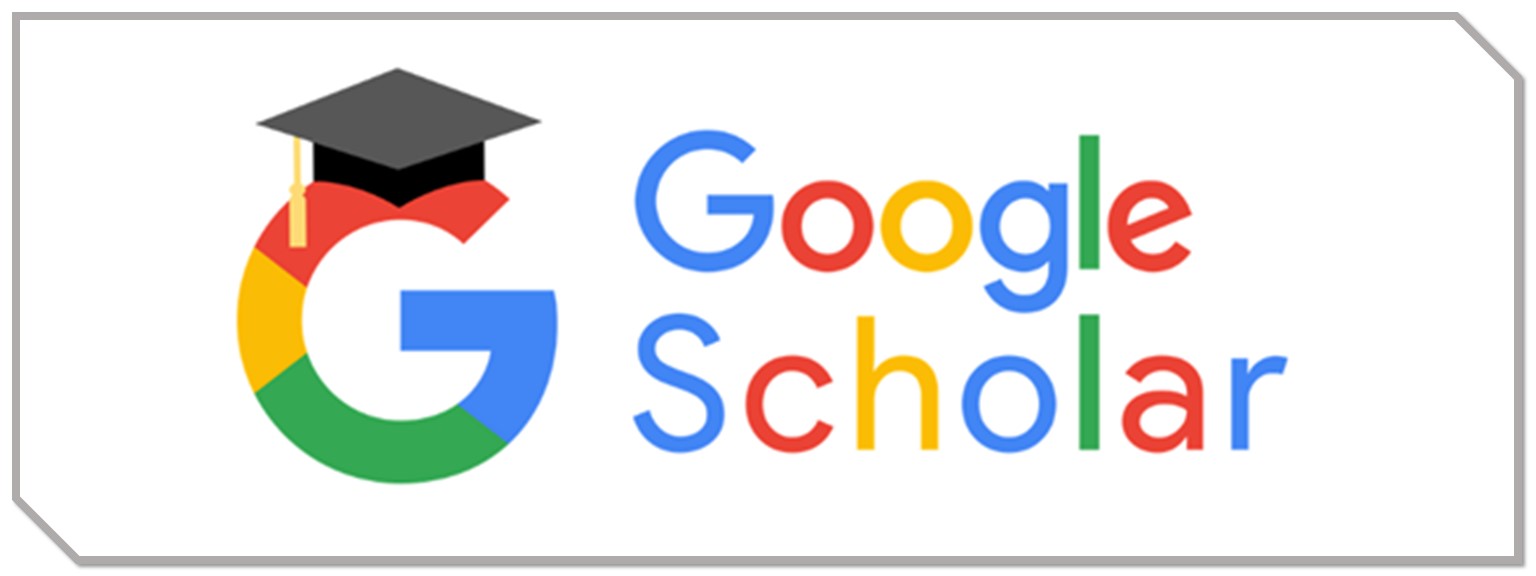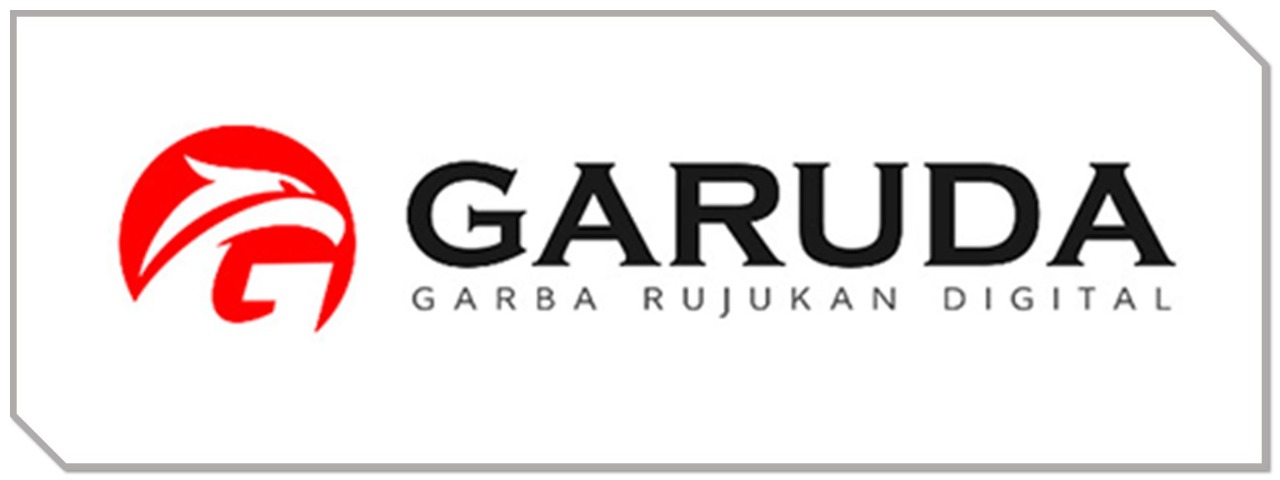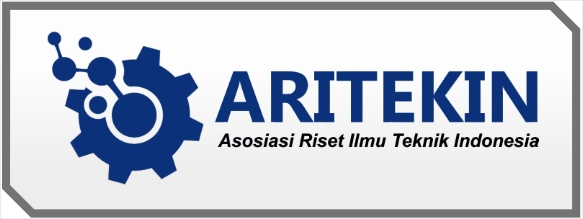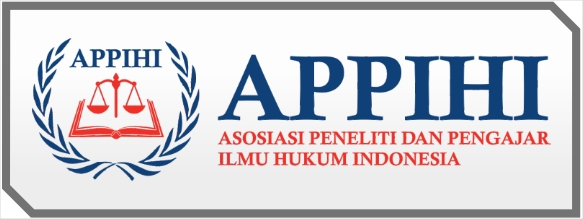Pengembangan Bahan Ajar Matematika Berbantuan Aplikasi Math City Map Pada Materi Bangun Datar Siswa Kelas VII SMP
DOI:
https://doi.org/10.55606/sinov.v6i1.803Keywords:
Mathematics Teaching Materials, Math City Map Application, Flat BuildingAbstract
Mathematics is a science that deals with studying abstract forms, so it requires teaching aids to make it clearer and more real. Developments in science and technology have occurred, one of which is Android-based learning media. The aim of this research is to develop mathematics teaching materials assisted by the Math City Map application for class VII material at SMP Negeri 2 Ambarawa. Furthermore, after carrying out development, validity and feasibility trials were carried out by media experts, material experts and learning practitioners and tested on students. This research uses the Research and Development (R&D) method in its development using the ADDIE model which includes analysis, design, development, implementation and evaluation stages. The learning products are mathematics teaching materials (LKPD), math city map applications, and lesson plans which are prepared based on learning on plane material. Mathematics teaching materials (LKPD), the Math City Map application and lesson plans are arranged based on indicators and the first expert gets scores respectively, namely 110, 180 and 96. The second expert gets scores respectively 100, 162 and 87. and the third expert 103, 163, and 88. The three scores obtained were in the valid category so that mathematics teaching materials assisted by the Math City Map application in class VII middle school flat figures material were suitable for use.
Downloads
References
Azwar. (2012). Metode Penelitian : Yogyakarta. Pustaka pelajar.
Barbosa, A., & Isabel, V. (2020). Math Trails Through Digital Technology : An Experience With Pre-Service Teachers. Research on Outdoor STEM Education in the Digital Age. Proceedings of the ROSETA Online Conference in June 2020,June. https://doi.org/10.37626/ga9783959871440.0
Branch, R. M. (2010). Instructional design : ADDIE Approach. Boston, MA: Springer US.
Cahyono, A. N., & Ludwig, M. (2016). Math City Map : Exploring Mathematatics Around the City. July, 24–31.
Dina, Z. H., Ikhsan, M., & Hajidin, H. (2019). The Improvement of Communication and Mathematical Disposition Abilities through Discovery Learning Metode in Junior High School. JRAMathEdu (Journal of Research and Advances in Mathematics Education),4(1), 11–22. https://doi.org/10.23917/jramathedu.v4i1.6824
Gurjanow, I., Zender, J., & Ludwig, M. (2020). MathCityMap – Popularizing Mathematics around the Globe with Maths Trails and Smartphone. Research on Outdoor STEM Education in the Digital Age. Proceedings of the ROSETA Online Conference in June 2020, 103–110. https://doi.org/10.37626/ga9783959871440.0.13
Ibrahim. (2011). Pengembangan Bahan Ajar Matematika Sekolah Berbasis Masalah Terbuka untuk Memfasilitasi Pencapaian Kemmapuan Berpikir Kritis dan Kreatif Matematis Siswa. Prosiding Seminar Nasional Matematika dan Pendidikan Matematika . 122-132
Jablonski, S., & Ludwig, M. (2020). Development of an Intensive Study Programme on Outdoor Mathematics Teaching with Digital Tools. Research on Outdoor STEM Education in the Digital Age. Proceedings of the ROSETA Online Conference in June 2020, 2020(June),111–118. https://doi.org/10.37626/ga9783959871440.0.14
Jesberg, J., & Ludwig, M. (2012). Math City Map - Make Mathematical Experiences In Out-Of-School Activities Using Mobile Technology. 12th International Congress on Mathematical Education Program, 2010, 3831–3838.
Kemendikbud. (2016). Panduan Pembelajaran untuk Sekolah Menengah Pertama. Jakarta : Kemendikbud Direktorat Jendral Pendidikan Dasar dan Menengah
Lestari, I. (2013). Pengembangan Bahan Ajar Berbasis Kompetensi.Padang:
Ludwig, M., & Jablonski, S. (2019). Doing Math Metodeling Outdoors- A Special Math Class Activity designed with MathCityMap. 5th International Conference on Higher Education Advances (HEAd’19). Universitat Polit`ecnica de Val`encia, 1–8. https://doi.org/10.4995/head19.2019.9583
Ludwig, M., & Jesberg, J. (2015). Using Mobile Technology to Provide Outdoor Metodeling Tasks - The MathCityMap-Project. Procedia - Social and Behavioral Sciences, 191, 2776–2781. https://doi.org/10.1016/j.sbspro.2015.04.517
NCTM, N. (2000). Pronciples and Standards for School Matematics. Reston: VA: National Council of Teachers of Mathematics.
Nur, A. (2018). Mobile technology in a mathematics trail program: how does it works? Unnes Journal of Mathematics Education, 7(1), 24–30. https://doi.org/10.15294/ujme.v7i1.21955
Permendikbud. (2016). Peraturan menteri pendidikan dan kebudayaan RI nomor 22 tahun 2016 tentang standar proses pendidikan dasar dan menengah
Sugiyono. (2013). Metode Penelitian Kuantitatif, Kualitatif, dan R & D. Bandung: Alfabeta
Wijaya, A. Heuvel-Panhhuizen, M. V.D., & Doorman, M. (2015). Oppurtunity- to learn context-based task provided by mathematics textbooks. Educ Stud Math 89,41-65
Downloads
Published
How to Cite
Issue
Section
License
Copyright (c) 2024 Media Informasi Penelitian Kabupaten Semarang

This work is licensed under a Creative Commons Attribution-ShareAlike 4.0 International License.


















